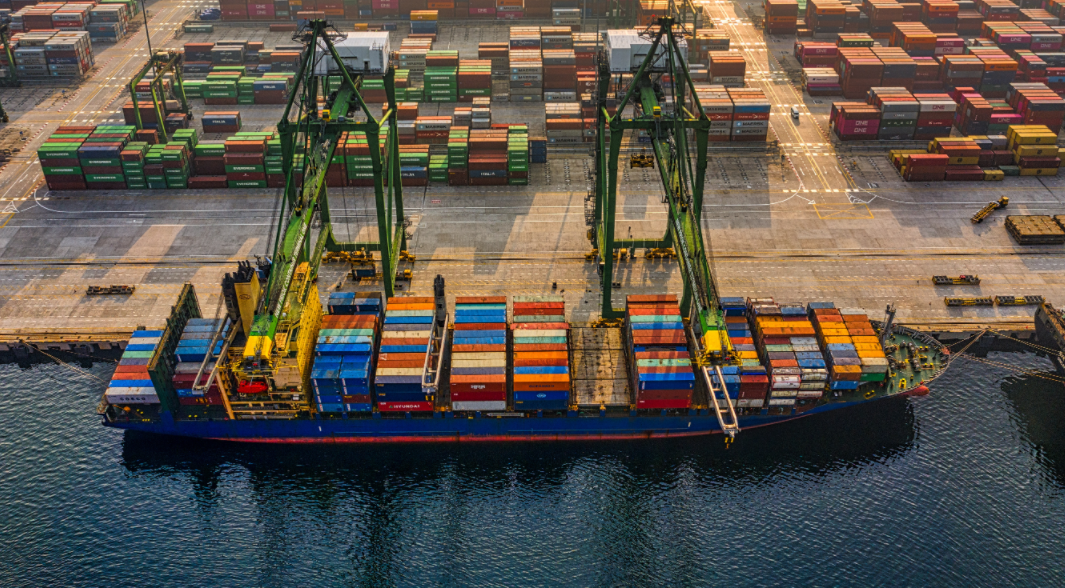
Inflation in Europe and the United States has suppressed consumer demand, and China's partial lockdown has affected shipments, and container shipping rates have fallen for ten consecutive weeks.
According to the latest data from the Shanghai Stock Exchange on August 19, the Shanghai Export Containerized Freight Index (SCFI) fell by 132.84 points to 3429.83 points, or 3.73%. The four major routes all fell, among which the US-Western route plummeted for two consecutive weeks and the decline continued to expand.
The latest data shows that the freight rate per FEU on the US West Line fell below the US$6,000 mark to US$5,782, down as much as US$371 in a single week, and the decline expanded to 6.03%; the freight rate per FEU on the US East Line also fell below the US$9,000 mark. At $8,992, it fell $114, or 1.25%, for the week.
The freight rate per TEU on the European line fell by US$183 to US$4,788, or 3.68%; the freight rate per TEU on the Mediterranean line was US$5,483, down by US$150, or 2.66%. Far East to South America and Asian routes also fell across the board.
Industry insiders pointed out that the decline of the North American line has increased, and the global container ship bearish atmosphere has turned stronger. Among them, the west line of the United States has been worried about strikes before, and the volume of goods has been transferred to other ports. However, the volume of goods in the peak season has dropped sharply recently, so it has become the hardest hit area of the four major routes with the largest decline in freight rates.
At the same time, the latest quotation of Drewry's World Containerized Freight Index (WCI) fell to 6224 points on August 18, down 3% for the week. Shanghai to Rotterdam and Los Angeles both fell 5%. Only the freight rate from Shanghai to New York remained unchanged. Whether this is a stop signal remains to be seen.
Industry insiders say that inflation continues to affect European and American manufacturing and retailing, reducing the demand for shipping by sea. Currently, container shipping companies are reducing shifts to support freight rates. In addition, the strikes on railways, roads and ports in Europe and the United States, coupled with the low water level of the Rhine River, can only reduce the cargo capacity of container ships. It is expected that 4-5 flights on the European line will be cancelled in September.
Despite the continuous decline, the current freight rate is still at a high level. The industry emphasizes that a properly lowered freight rate is beneficial to market development, which can encourage cargo owners to pull goods and drive an increase in cargo volume; and if the freight rate falls to a certain extent, the market will have an automatic control mechanism. As long as the freight rate does not fall by more than 50%, the container shipping company Considerable returns can still be achieved. Even if the average freight rate per FEU on the US West Line falls below US$3,500-4,000, the 10,000-ton container ship can still be profitable, but small and medium-sized ships may face cost pressure tests.
Previous:The UK's largest container port strike is imminent, Maersk announces emergency measures!
Next:A large number of sellers switched to shipping! Shipping prices fell 70% from peak